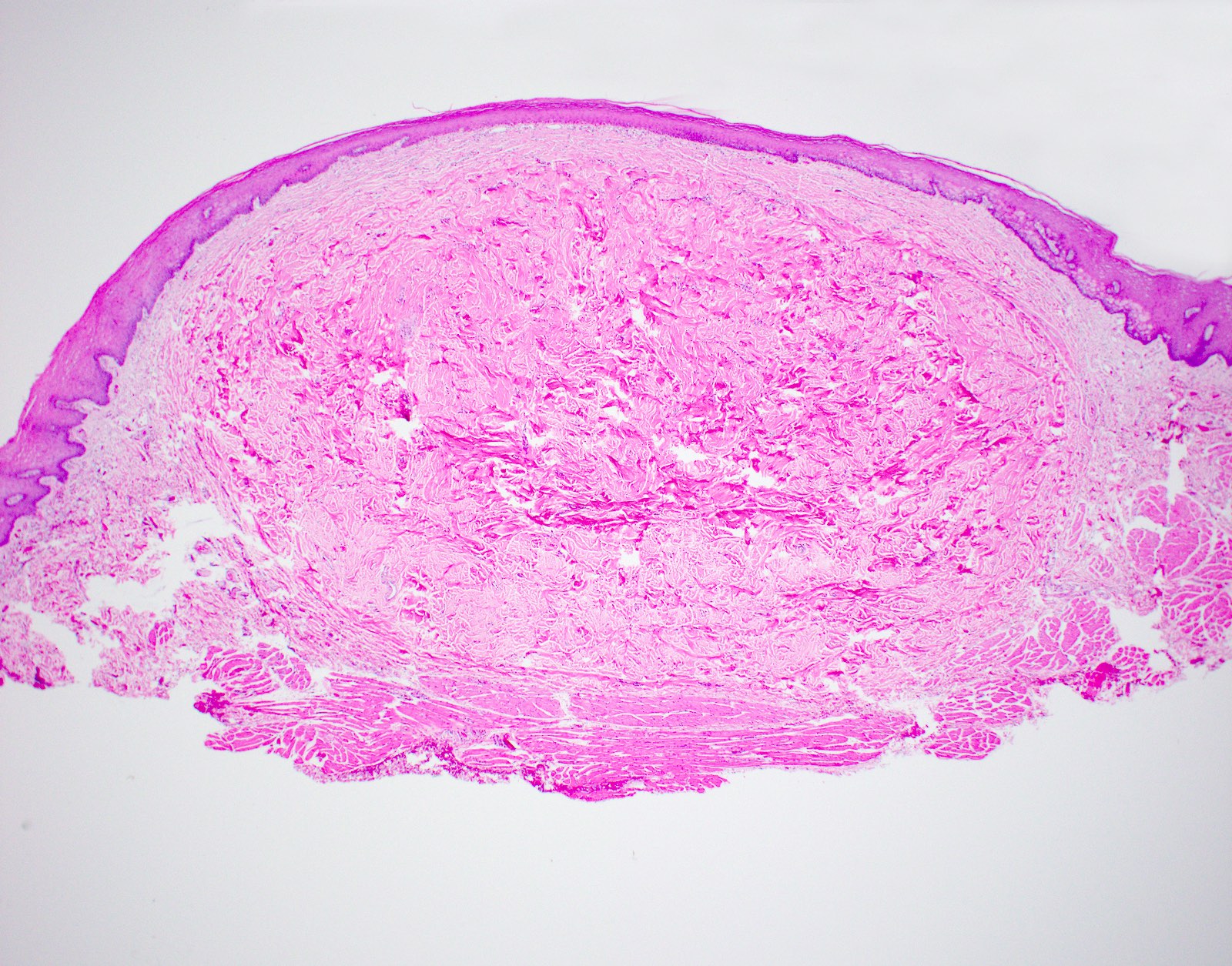Traumatic Fibroma On Tongue

Traumatic fibroma, also known as irritation fibroma or traumatic granuloma, is a benign growth that can occur on the tongue as a result of chronic irritation or trauma. This type of lesion is relatively common and is usually caused by accidental biting of the tongue, irritation from dental work, or other forms of mechanical trauma.
Causes and Risk Factors
The primary cause of traumatic fibroma on the tongue is chronic irritation or trauma, which can lead to the formation of a fibrotic mass. This irritation can result from various sources, including:
- Accidental biting of the tongue
- Irritation from dental work, such as ill-fitting dentures or orthodontic appliances
- Chronic chewing or sucking on the tongue
- Burns or other thermal injuries to the tongue
- Trauma from a sharp object, such as a toothpick or a pencil
Individuals who are more prone to developing traumatic fibroma on the tongue include those with:
- Poorly fitting dentures or orthodontic appliances
- Bruxism (teeth grinding) or other habits that involve chronic irritation of the tongue
- A history of trauma to the tongue
- Certain medical conditions, such as oral lichen planus or discoid lupus erythematosus
Symptoms and Clinical Presentation
Traumatic fibroma on the tongue typically presents as a firm, painless mass that is covered by normal-appearing mucosa. The lesion can vary in size, but it is usually small, ranging from a few millimeters to a few centimeters in diameter. The surface of the lesion may be smooth or ulcerated, and it may be surrounded by a zone of erythema (redness) or inflammation.
In some cases, traumatic fibroma on the tongue can cause symptoms such as:
- Discomfort or pain, especially if the lesion is large or is located in a sensitive area
- Difficulty speaking or eating, if the lesion is large enough to interfere with tongue movement or function
- Cosmetic concerns, if the lesion is visible or affects the appearance of the tongue
Diagnosis and Histopathology
The diagnosis of traumatic fibroma on the tongue is typically made based on a combination of clinical examination and histopathological evaluation. A biopsy of the lesion may be performed to confirm the diagnosis and rule out other conditions, such as cancer.
Histopathologically, traumatic fibroma is characterized by a mass of fibrotic tissue that is composed of collagen and fibroblasts. The lesion may also contain inflammatory cells, such as lymphocytes and plasma cells, and may be surrounded by a zone of granulation tissue.
Treatment and Management
The treatment of traumatic fibroma on the tongue usually involves surgical excision of the lesion. This can be performed under local anesthesia, and the procedure is typically straightforward and relatively painless.
In some cases, conservative management may be recommended, especially if the lesion is small or is not causing any symptoms. This may involve monitoring the lesion over time to ensure that it does not grow or change in appearance.
Prognosis and Complications
The prognosis for traumatic fibroma on the tongue is excellent, and the lesion is usually curable with surgical excision. In some cases, the lesion may recur, especially if the underlying cause of the irritation or trauma is not addressed.
Complications of traumatic fibroma on the tongue are rare, but they can include:
- Recurrence of the lesion
- Infection or abscess formation, especially if the lesion is large or is located in a sensitive area
- Scarring or cosmetic deformity, especially if the lesion is large or is located in a visible area
What is the main cause of traumatic fibroma on the tongue?
+The main cause of traumatic fibroma on the tongue is chronic irritation or trauma, which can lead to the formation of a fibrotic mass.
How is traumatic fibroma on the tongue diagnosed?
+The diagnosis of traumatic fibroma on the tongue is typically made based on a combination of clinical examination and histopathological evaluation.
What is the treatment for traumatic fibroma on the tongue?
+The treatment for traumatic fibroma on the tongue usually involves surgical excision of the lesion.
What are the potential complications of traumatic fibroma on the tongue?
+Potential complications of traumatic fibroma on the tongue include recurrence of the lesion, infection or abscess formation, and scarring or cosmetic deformity.
Can traumatic fibroma on the tongue be prevented?
+While it may not be possible to completely prevent traumatic fibroma on the tongue, individuals can reduce their risk by avoiding chronic irritation or trauma to the tongue, such as accidental biting or irritation from dental work.
In conclusion, traumatic fibroma on the tongue is a benign growth that can occur as a result of chronic irritation or trauma. While it is usually harmless, it can cause symptoms such as discomfort or pain, and may require surgical excision to confirm the diagnosis and prevent recurrence. By understanding the causes, symptoms, and treatment options for traumatic fibroma on the tongue, individuals can take steps to reduce their risk and seek medical attention if they experience any symptoms or concerns.
